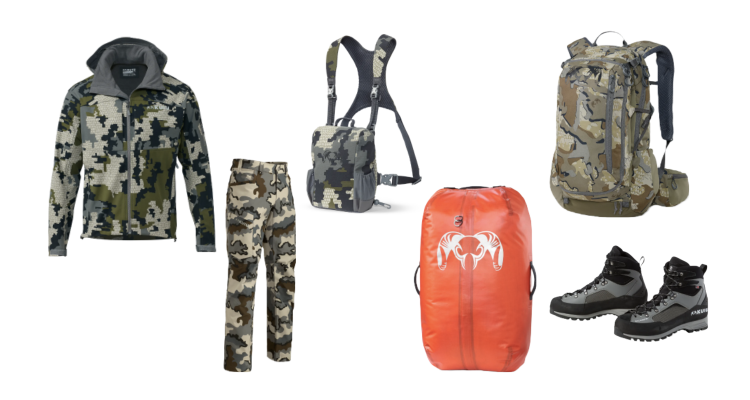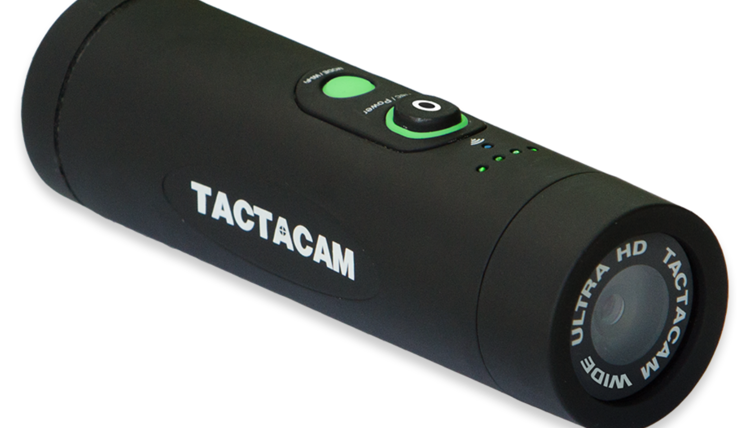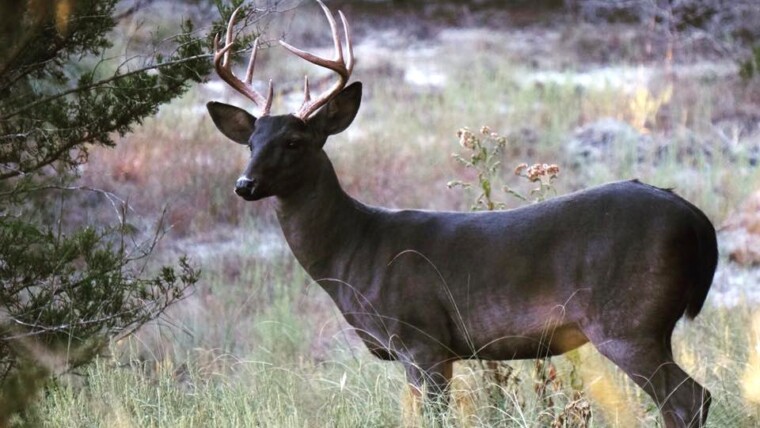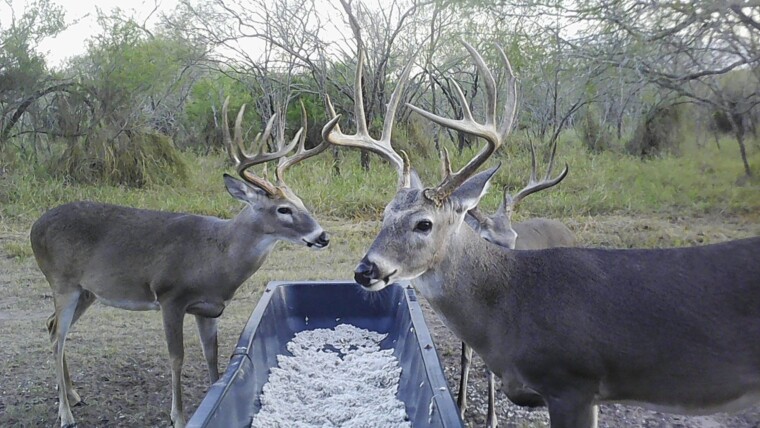Brushing in a ground blind? Does it really help? Yes, it can and you should brush it in! I have been waylaying whitetail and muleys from blinds for over 30 years with quite a bit of success. Deer, both whitetail and mule, can most definitely see, smell and hear better than you or any other living creature. You have got to get concealed and stay out of their sight. So, breaking up the pattern of your ground blind makes sense.
So why is it worth taking the time to brush in your blind? Well, finishing up your hunting blind is just worth the time! As I’ve gotten older, I’ve found that climbing up and descending a tree is just too much for my old body; so, sometimes I lay low and stay on the ground. I find myself using ground blinds which have proven to be powerful concealment tools, year after year. I especially prefer throwing one up a few weeks before deer season and the rut. Why? Well, remember, deer are comfortable when they can hear, smell, and see. Anything that perturbs anyone of those senses makes for a skittish animal. You should hunt from a blind to mask your scent and movement. And you should take the time to brush it in.
Here is a shortlist of techniques that will improve your hunt from a ground blind.
- Break up the shape
- Keep your shooting lanes open
- Mind that sun
- Enjoy staying warm and dry
RELATED: Need Guns or Ammo or BOTH? In Stock Here!<<<
Hunting from a blind can be a downright pleasant and productive experience. You reduce your movement, conceal your silhouette, and cut down on your scent. These are huge advantages if you are hunting deer. To reduce your chance of injury due to an accidental shooting, use blaze orange to mark your blind where required and where it makes sense.
Making A Hunting Blind Work Hardest For You
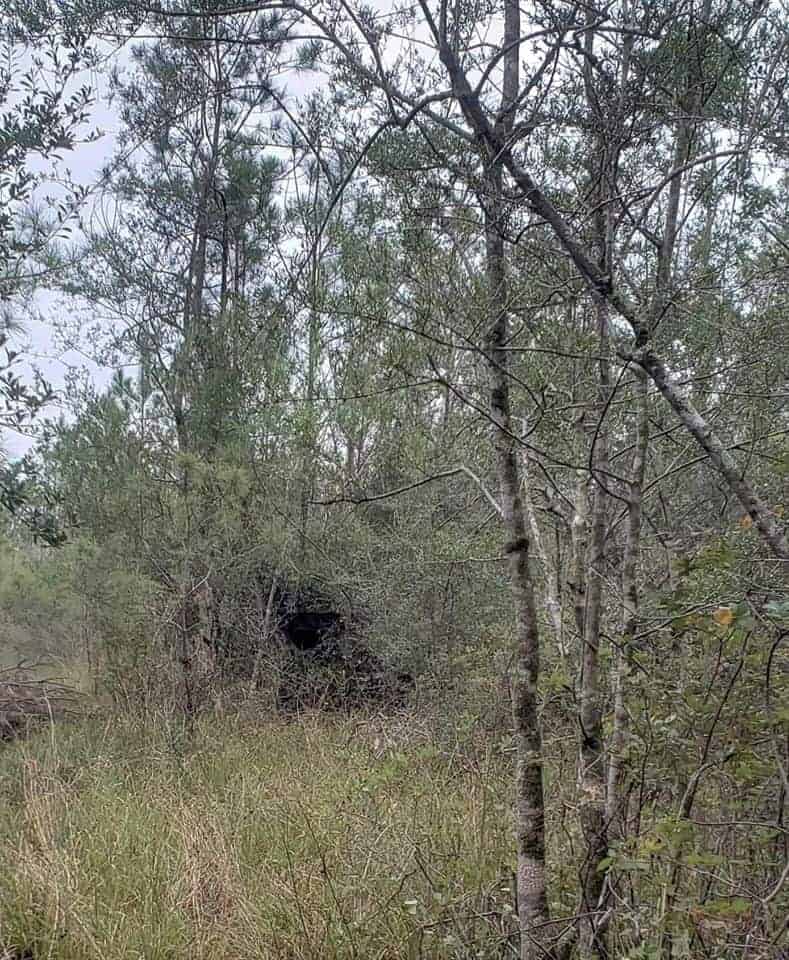
It’s simple. If you want to maximize the experience of your hunt, a ground blind can make up all the difference and defeat your worst enemies during a hunt – stink and silhouettes. I came up with the best ground blind, common sense list after 30 years of blind hunting the cottonwood lined dry creek beds, draws and gullies on the eastern plains of Colorado. I’m convinced that if you cannot enjoy or feel safe being elevated, the second-best choice for an amateur is to get your butt behind a blind. For my clients, I also wanted to ensure that my hunts are safe while you’re concealed. It should be a safe and enjoyable experience. In a blind, you’ll see more deer and your shot opportunities will increase significantly. Here is what I learned about hunting in a blind.
There is nothing more rewarding than ambushing whitetail and muleys on the cold Colorado plains. If I’m hunting in a new area, I’ll run trail cams prior to laying out my ground blind. I observe the terrain and monitor the prevailing winds and usually find a sport where my blind would be well concealed, out of the wind, and situated where the sunrise and sunset will not be blinding me.
Pop-up hunting blinds have made my life easier and they are very budget-friendly. If I’m hunting pronghorn, it’s easy. For some reason “speed goats” tend to not get antsy around a blind. I will usually set my blind up on a heavily used fence crossing or on a watering hole. In both cases, I have found it unnecessary to brush up my blind. Whitetails are a little more challenging. Hunting them at eye-level can be a challenge. Any object they are not familiar with can give them a reason to pause. Most modern hunting blinds can be assembled and taken back down in a matter of minutes – leaving you plenty of time to brush them up to your liking. Your goal is to break up the pattern of your blind.
Related: Must Have Scent Control Products
Plan properly. Blind placement is critical. Likewise, setting up your blind in a treeless field could spell disaster in high winds. Make sure the blind you are installing is pitched in a solid, wide and healthy area, preferably where deer congregate – food, water, shelter, and escape routes. Avoid hooking tie-downs to dead branches and watch out for driving stakes into sand or areas of soft soil. Face your door towards your truck and away from the game trail so you can walk in unnoticed.
Get a quality rangefinder and range around your blind. Range it, and then shoot it. Those practice shots from your blind will make all the difference. Make sure that the brush that is hiding your blind does not interfere with any shot placement. If you are down in a draw, make sure that you are comfortable shooting up. Arrow flight will change noticeably when you are shooting at ascending and descending angles.
Blind hunting ensures that you can enjoy the worst weather conditions in comfort. Make sure that you purchase a blind that is waterproof. I usually bring a small lantern, a folding chair, and some magazines to pass the time during periods of slow hunting opportunities. If you hunt in extreme cold, I can’t encourage you enough to buy a buddy heater for your blind. A small heater will make your hunts much more enjoyable.
Orange Up and Survive in Your Blind
Most accidents occur when hunters are not sure of their target. On a busy hunting day, such as the opening day of gun season, you are at the greatest risk of being injured by another hunter. Do not enter your blind without marking it so hunters can identify it as a blind. A simple piece of hunter’s tape hung on a branch above your blind can save your life. Though we love to believe that hunters are good people and follow the basic rules of shooting, there are exceptions. A natural-looking hunting blind with you moving around inside of it may look and sound like a deer in the brush to another hunter. I’m pretty sure that most states do not require you to mark your blind with hunter orange, but it couldn’t hurt. Setting you blind up before the season will give the deer a chance to get used to it. A little orange will not make a difference to them.
Keep Your Blind – Stake it Down Hard
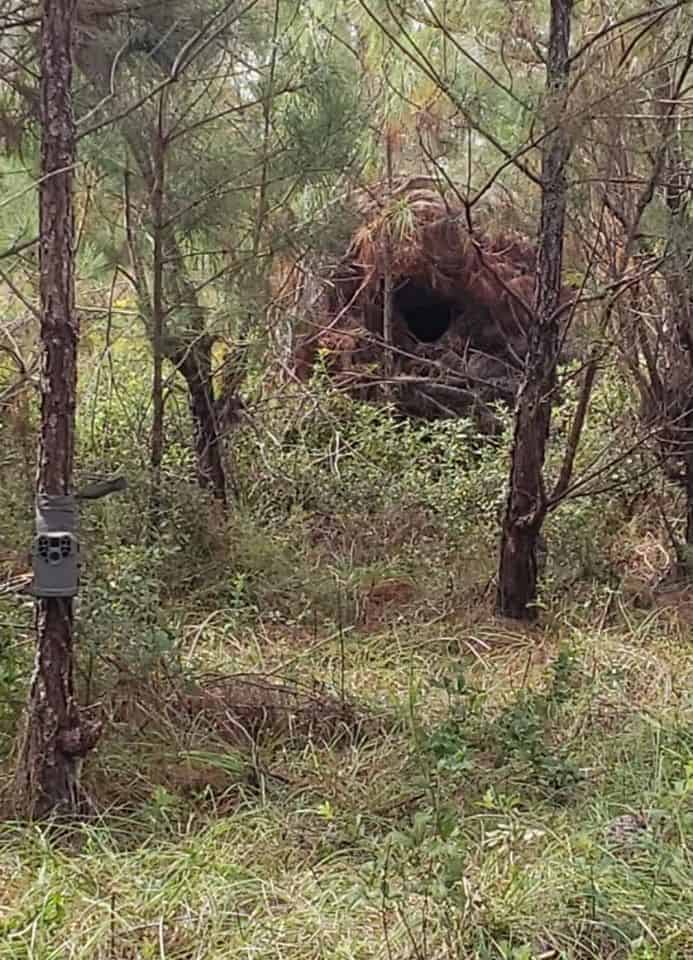
10 years ago, on a Colorado late plains archery hunt, I arrived at what I was sure was my ground blind only to find “nada”. I was sure that I staked that baby down good. The wind had gusted the day before at 60 knots and obviously my stakes didn’t hold – costing me a $400 blind. I was sure that it blew all the way to Kansas. If possible, when setting up your blind, make sure that you can secure on the guide ropes to something that will not give in a windstorm. A tree, a branch or a root will do the job. You may need to think about buying beefier stakes too.
Related Questions
I Know A Hunting Blind Will Mask Some Of My Scent, But What Is The Most Important Piece Of Gear To Eliminate Your Scent?
I always douse my gear, my hair, my hat, all of my hunting clothes and especially the bottom of my boots with scent killer before I head out. Why your boots? After tracking around camp and picking up every scent possible on the ground including gasoline, human urine, and last night’s dinner you sure as heck don’t want to contaminate your hunting spot. No single piece of gear is the most important. They work together to reduce your scent footprint. The best piece of advice that I can give you, has been passed down since the first men hunted these animals – play the wind. Use the wind to knock down your scent or deprive your target buck from of a nose full of your body odor.
SEE RELATED: Do Ground Blinds Help With Scent Control?
What Else Can I Bring In My Blind To Improve My Hunts?
Another reminder if you are hunting in a blind – bring your spotting scope and binoculars. Being able to reach out and see your quarry before they get to your blind is a powerful tool. Bring a journal or some paper where you can write down your hunting experience. You should record everything. A good hunter can only learn if he keeps good mental and physical notes. Hunting will change and evolve from year to year, but if you have good notes you can stay on top of that young buck you’ve been tracking for years.


